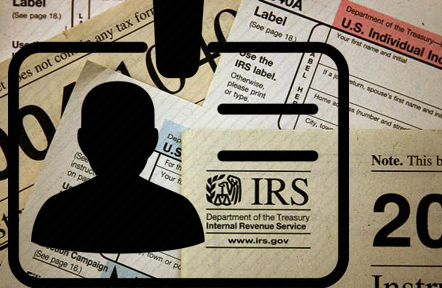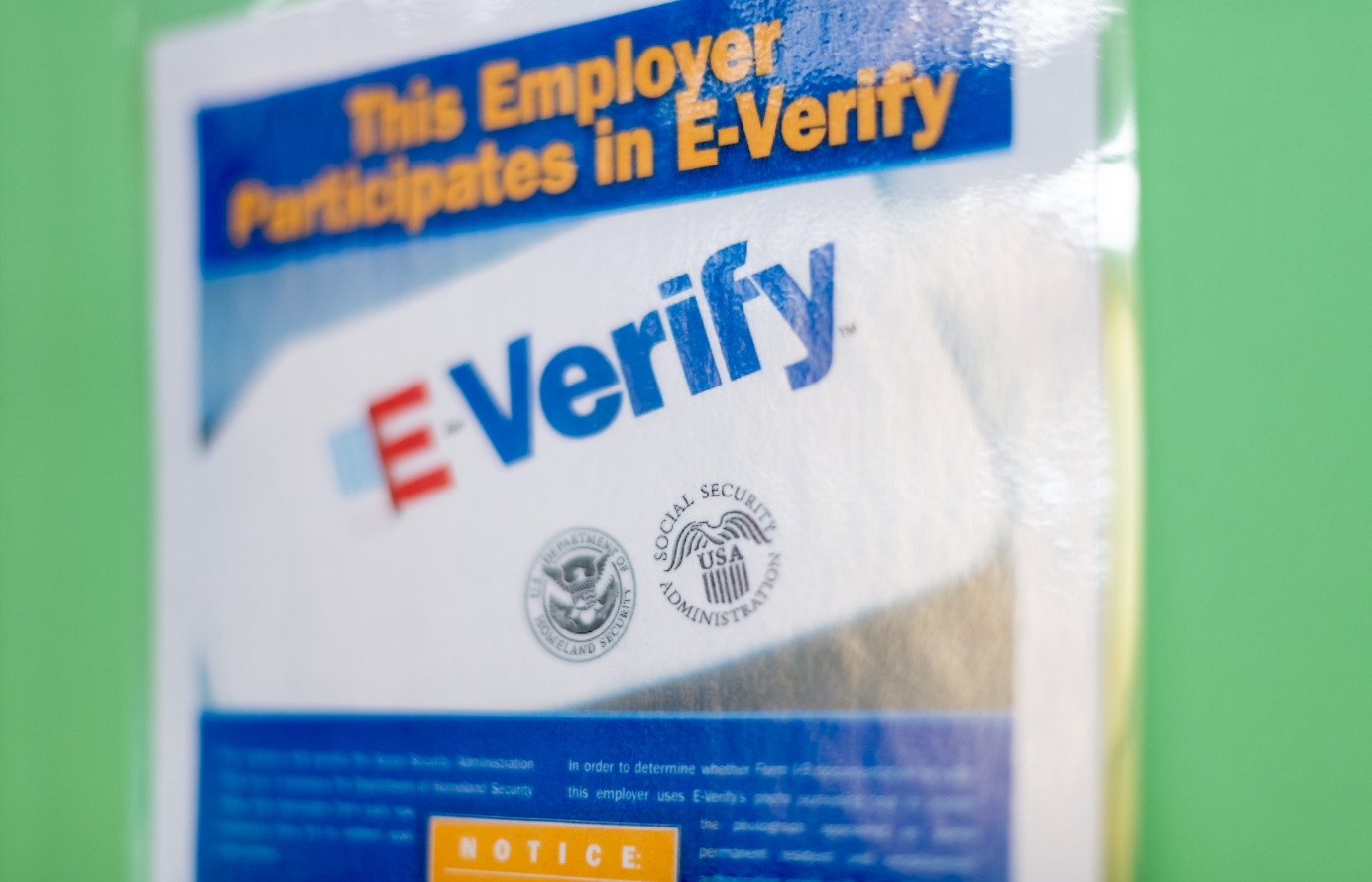The Law and Disorder Presidency
 The core of Donald Trump’s platform was his promise to restore law and order by building a wall to control the border and rescinding President Barack Obama’s executive actions. This emphasis appealed to Americans who see unenforced laws and crave order.
The core of Donald Trump’s platform was his promise to restore law and order by building a wall to control the border and rescinding President Barack Obama’s executive actions. This emphasis appealed to Americans who see unenforced laws and crave order.
But enforcing the law will create more disorder, not less.
Our legal system has a simple premise: Everything is allowed except that which is outlawed. Our immigration law is entirely backward: Everything is outlawed unless it is specifically allowed. All immigrants are banned unless the government specifically allows them. Every legal immigrant has to fit into a specific, numerically capped and arbitrary government category.
Yet most wannabe immigrants don’t fit into those government-created categories.
The result has been much law and perpetual disorder. Rutgers law professor Elizabeth Hull wrote that our immigration laws are “second only to the Internal Revenue Code in complexity.” Income tax and immigration complexity produces lawlessness: 25 percent of American taxpayers deliberately cheat on their taxes, and about the same percentage of immigrants are illegal.
Like tax enforcement, the problem with immigration enforcement isn’t a lack of resource or will — it’s the law itself. Former Commissioner of the INS Doris Meissner wrote that spending on immigration enforcement is greater than the combined “spending for the FBI, Drug Enforcement Administration, Secret Service, U.S. Marshals Service, and Bureau of Alcohol, Tobacco, Firearms and Explosives.”
These problems are rampant in centrally planned economies like the former Soviet Union, which failed because their governments tried to control everything — resulting in endemic black markets, chronic shortages and chaos. Governments in free market economies created order by controlling less.
Our immigration law is more Soviet than free market. There is no other way to describe a system with a cap as arbitrary as 226,000 green cards for family preference immigrants and federally set minimum wage controls for temporary farm workers in every state — and many more.
There’s a large black market of illegal immigrants and centuries-long green card backlogs for some applicants. Skilled workers on the H-1B visas can’t switch jobs without government permission, and there is no entrepreneur visa.
Obama tried every way to cope. He forced local police to cooperate with federal immigration enforcement, detained Central American asylum seekers nearly en masse and pressured Mexico to increase enforcement at its southern border. After all that, he relaxed interior enforcement with executive actions and granted work permits to some illegal immigrants.
Now President Trump is following Obama’s example of setting immigration policy by executive order. Trump said that “we are going to restore the rule of law in the United States” as he signed executive orders to boost enforcement and expand the border wall.
Yet a border wall will create more illegality. A 2010 Department of Homeland Security paper found that more border enforcement increased human trafficking, as illegal immigrants had to rely on experienced smugglers to evade capture. More enforcement raised smuggling prices, which prompted cartels and others to enter the market and compete.
The rule of law requires three characteristics: predictable outcomes, equal application and consistency with our legal traditions of liberty. Current immigration laws satisfy none of those requirements in the best of times, and more government power, resources or executive edicts will not change that reality.
We need a ground-up rethinking of our entire immigration system. A new system ought to be flexible, embrace America’s traditional openness, and have clear and simple exclusions that are easily enforceable. President Trump will soon discover that more enforcement and executive edicts will create additional disorder because of the poorly crafted law.








